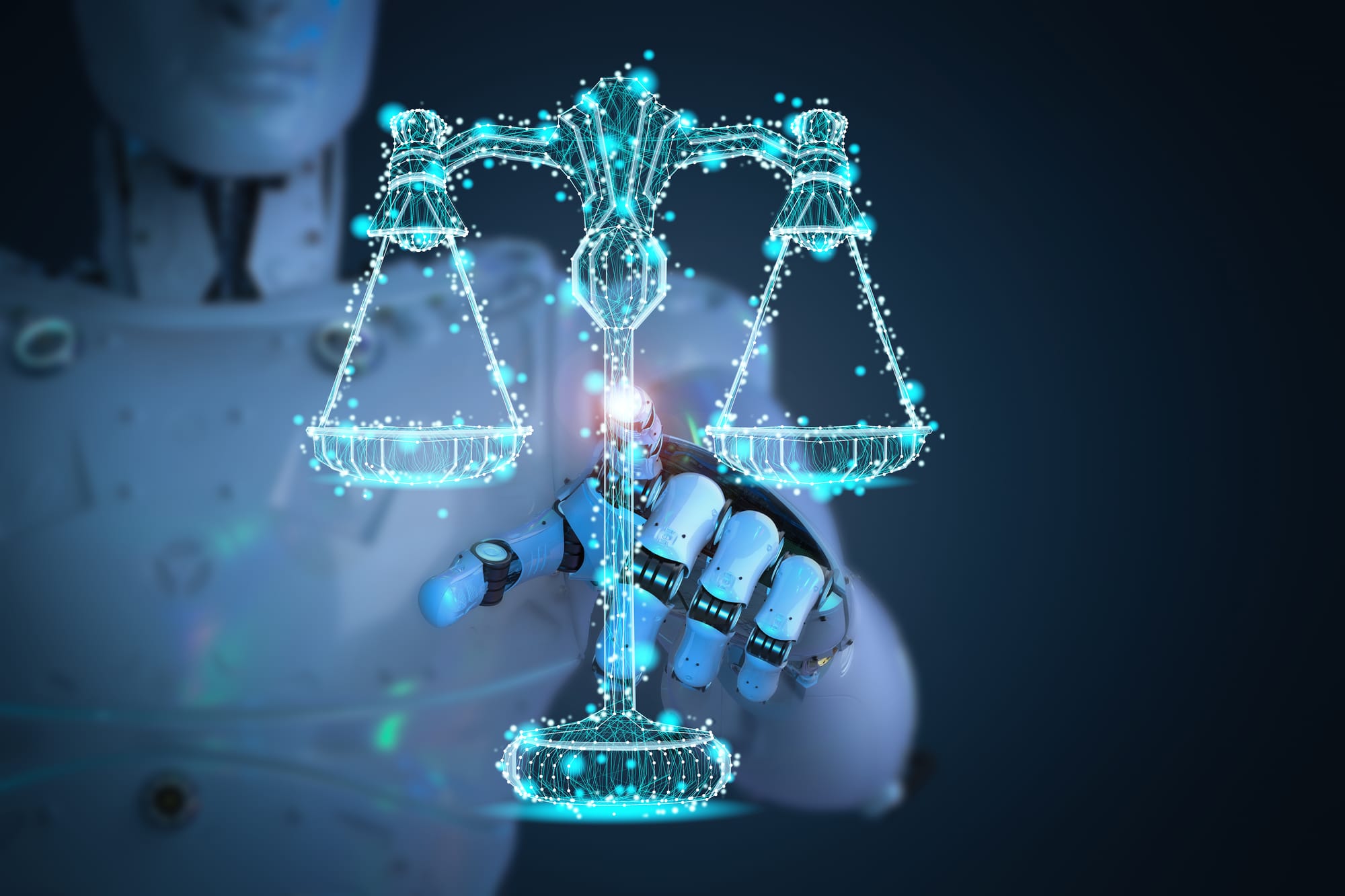Comparing Traditional Security Systems with AI-Driven Solutions

As security technology evolves, businesses and homeowners face the decision of choosing between traditional security systems and AI-driven solutions. Understanding the advantages and disadvantages of each can help in making informed security choices. Here’s a comprehensive analysis.
Traditional Security Systems
Advantages:
- Simplicity and Familiarity:
- Traditional systems, such as alarm systems and CCTV cameras, are often straightforward and easy to understand. Many users are familiar with their operation, which can simplify training and implementation.
- Cost-Effective Initial Investment:
- Initial setup costs for traditional systems may be lower than those for advanced AI solutions, making them an attractive option for budget-conscious consumers.
- Reliability:
- Established traditional security systems have a long track record of effectiveness. Many users trust these systems due to their proven reliability in detecting breaches and alerting authorities.
- Limited Dependence on Technology:
- Traditional systems do not rely heavily on internet connectivity or complex software, making them less vulnerable to cyber threats.
Disadvantages:
- Reactive Nature:
- Traditional systems typically respond to incidents after they occur rather than proactively identifying potential threats. This can result in delayed responses and increased risk.
- Higher False Alarm Rates:
- Many traditional systems struggle with false alarms, leading to unnecessary emergency responses and potential fines.
- Limited Data Analysis:
- Traditional systems often lack the capability to analyze data and trends over time, limiting their effectiveness in identifying patterns of suspicious activity.
- Inflexibility:
- Upgrading or expanding traditional systems can be challenging and costly, often requiring significant rewiring or hardware changes.
AI-Driven Security Solutions
Advantages:
- Proactive Threat Detection:
- AI-driven solutions utilize real-time data analysis to identify potential threats before they escalate. This proactive approach enhances overall security.
- Reduced False Alarms:
- Advanced algorithms help distinguish between normal activities and genuine threats, significantly reducing false alarm rates and improving response efficiency.
- Comprehensive Data Analysis:
- AI systems can analyze vast amounts of data to identify patterns, trends, and anomalies, providing valuable insights for security management.
- Automation and Remote Monitoring:
- AI solutions allow for automated responses to threats, such as locking doors or alerting authorities, and enable remote monitoring through mobile applications.
- Scalability:
- AI-driven systems can easily adapt to changing security needs, allowing for the integration of new technologies and expansion without significant infrastructure changes.
Disadvantages:
- Higher Initial Costs:
- The upfront investment for AI-driven solutions can be significantly higher than traditional systems, which may deter some users.
- Complexity:
- The advanced nature of AI technologies can lead to a steeper learning curve for users. Training and ongoing support may be necessary to maximize effectiveness.
- Dependence on Technology:
- AI systems require stable internet connectivity and can be vulnerable to cyber attacks, raising concerns about data security and privacy.
- Potential for Over-Reliance:
- Users may become overly reliant on AI systems, potentially neglecting human oversight and judgment in security decisions.
Conclusion
Both traditional security systems and AI-driven solutions have their unique advantages and disadvantages. Traditional systems offer reliability and simplicity, while AI-driven solutions provide proactive threat detection and advanced data analysis. Ultimately, the choice between the two should be guided by specific security needs, budget considerations, and the desired level of technological integration. By carefully evaluating these factors, businesses and homeowners can select the most appropriate security measures for their environments.


